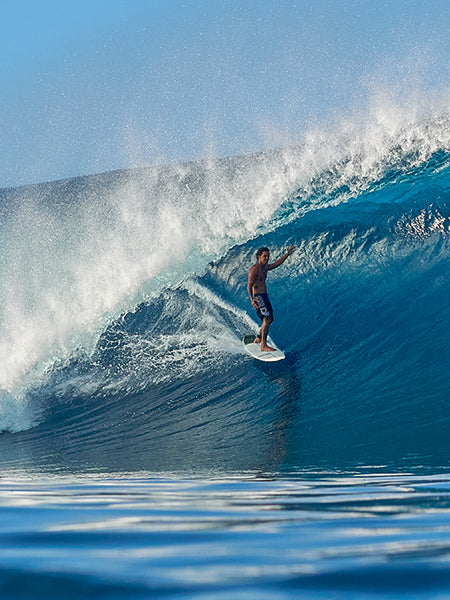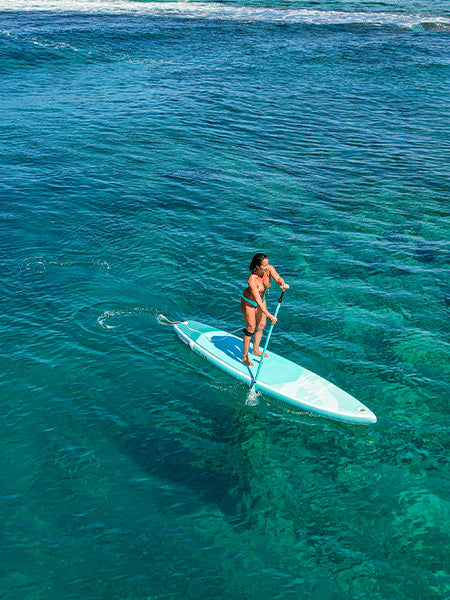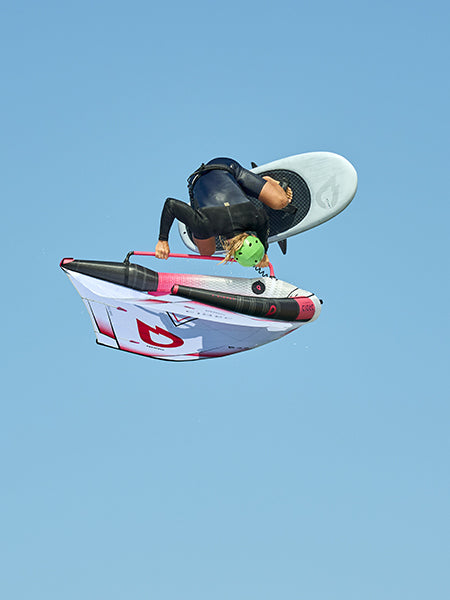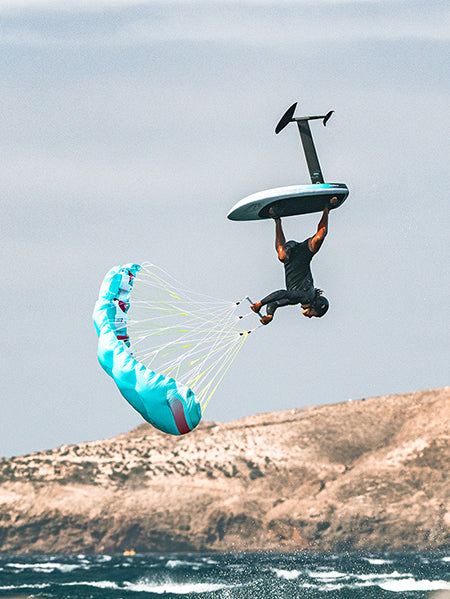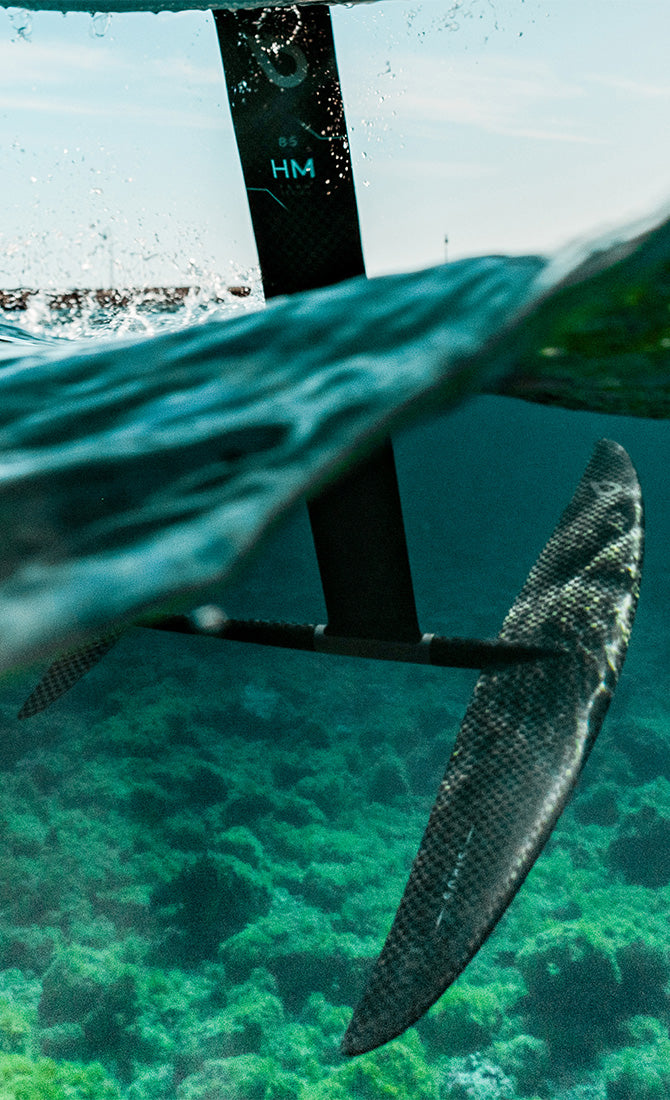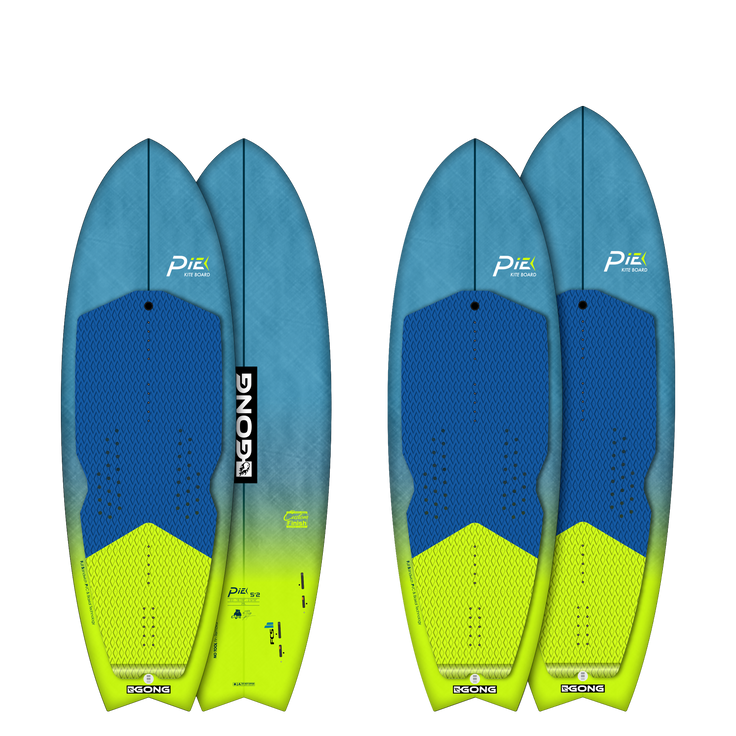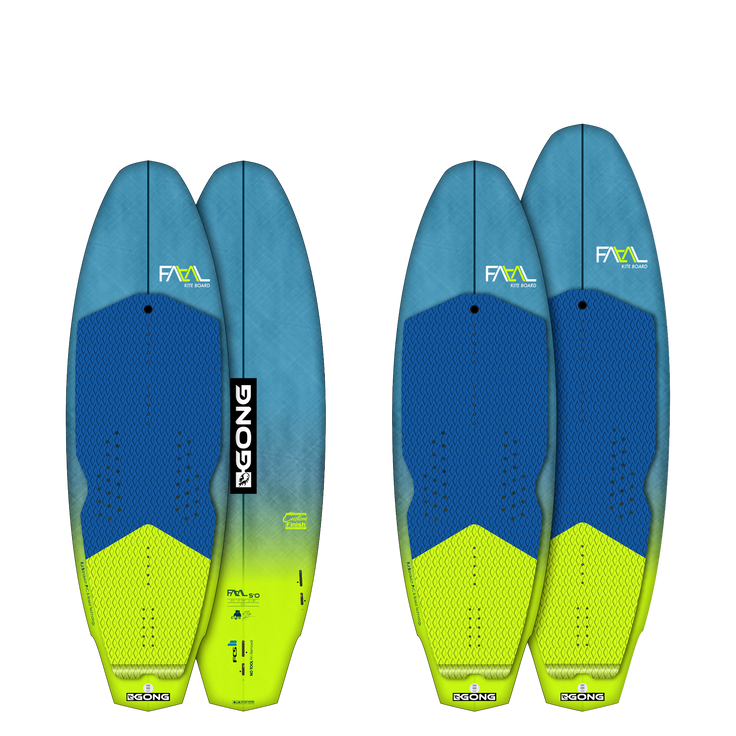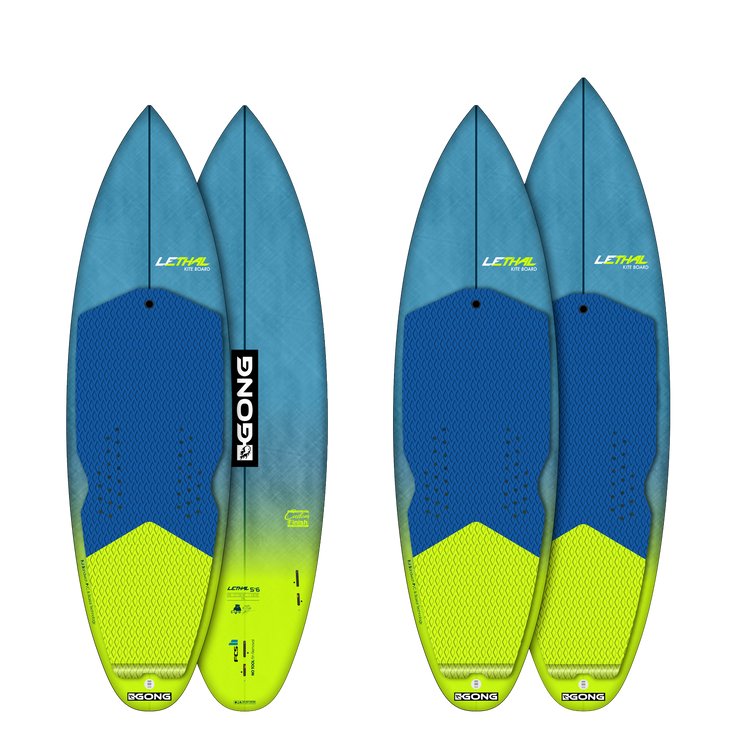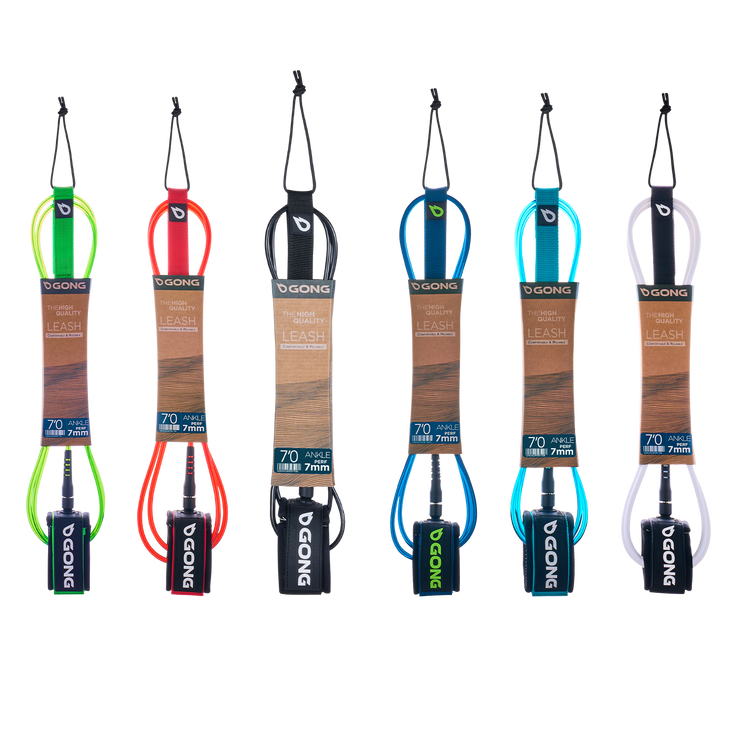NEWS: KITESURFING IS NOT DEAD!
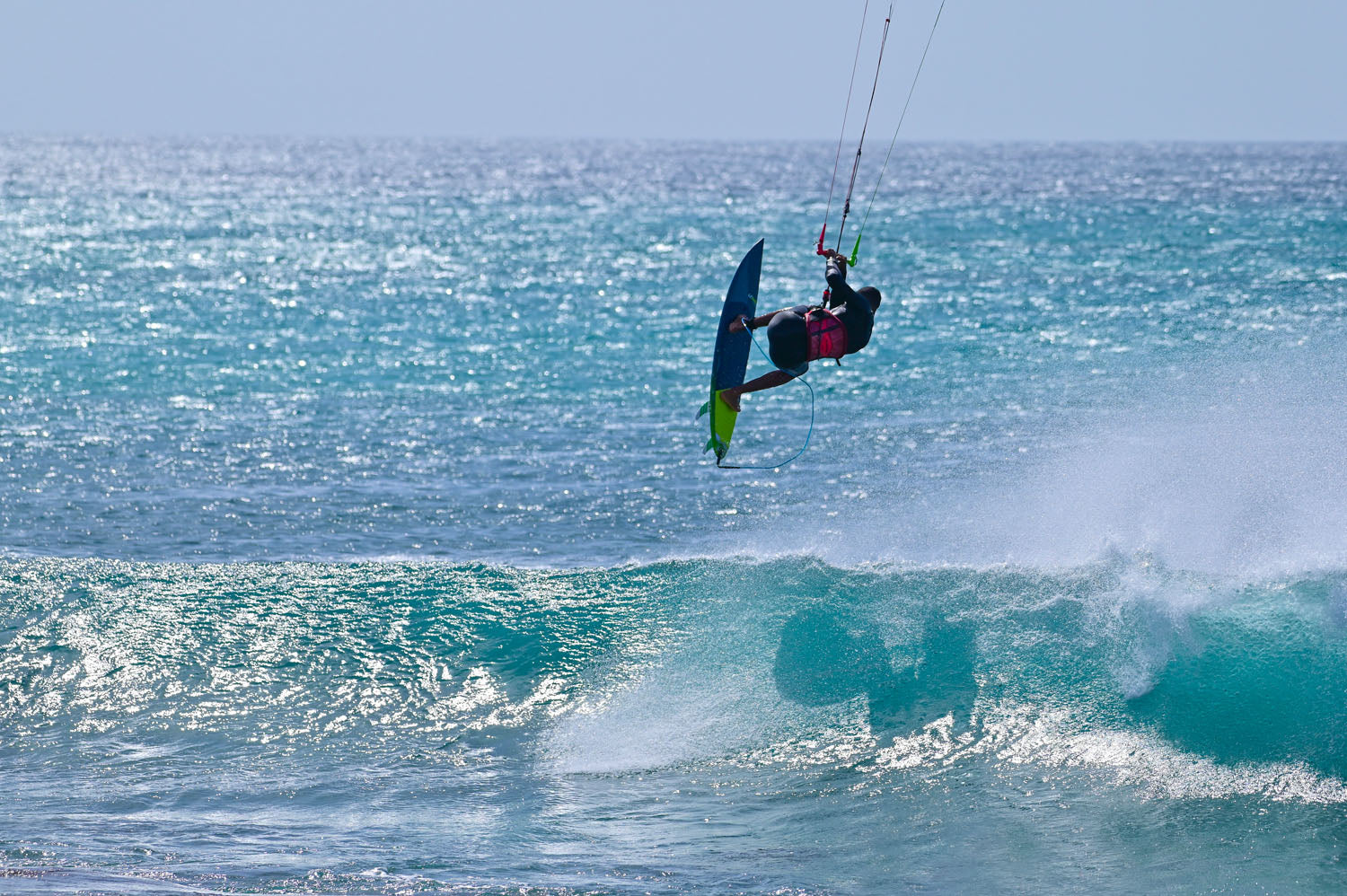
Following the rise of wing foiling in recent years, one might wonder if the practice of kitesurfing will suffer from this success. The question is raised 😉
Wing foiling has effectively taken a dominant place on many spots. This new sport has so many advantages that some think it could undermine the place of its flying big brother. Our opinion is clear: “kitesurfing is not dead!!!”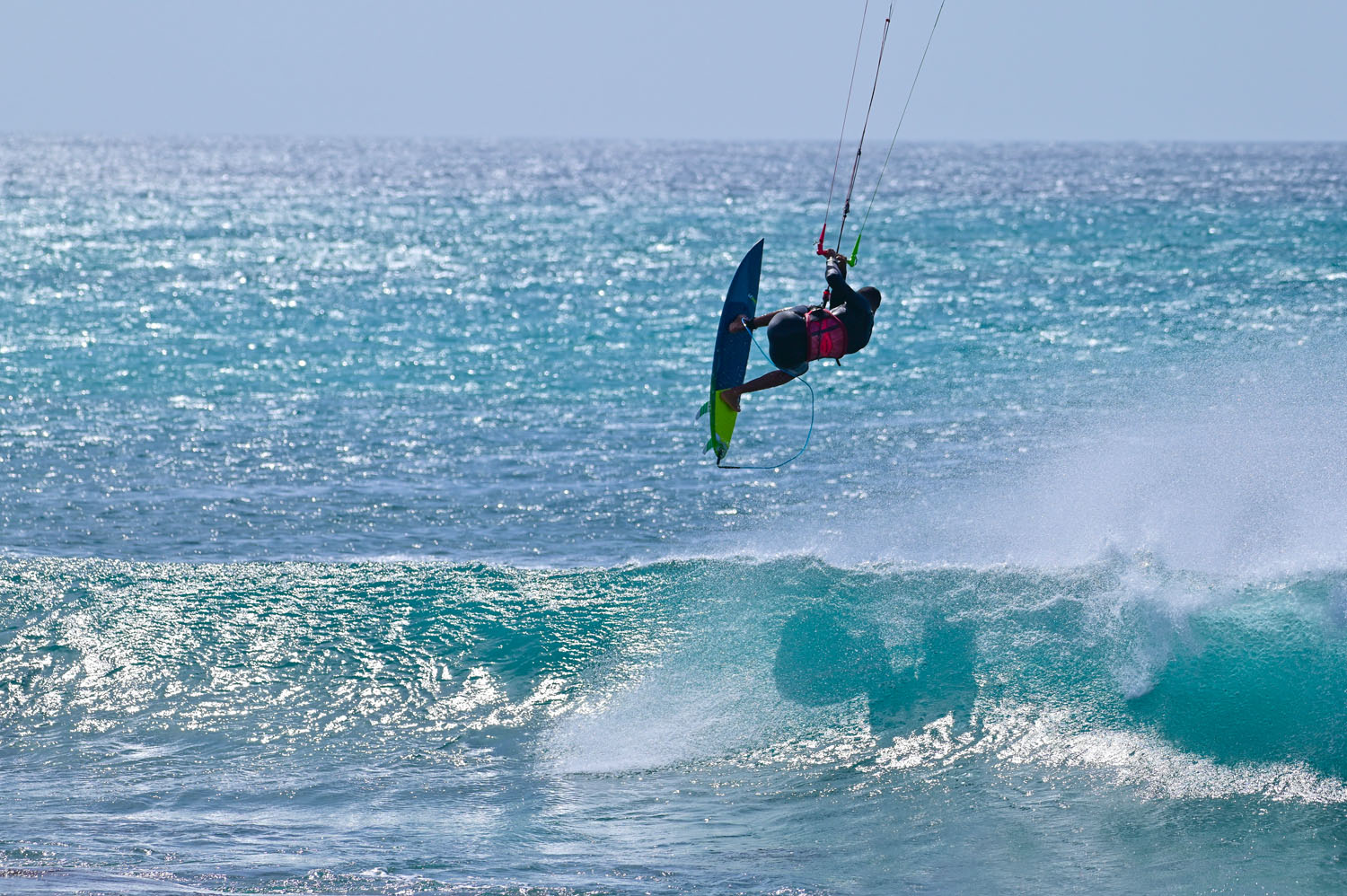
Just like was the case for windsurfing, which had to give up many practitioners to kitesurfing in the early 2000s, kitesurfing sees many of its practitioners won over by the accessibility of wing foiling and the crazy sensations it offers which are very close to surfing when freeflying. However, kitesurfing also has many advantages which mean that it’s unlikely to disappear from quivers anytime soon. Here is a non-exhaustive list of reasons:
The air time
Sure, you can jump quite high with a wing (even very high like Malo does) but the lift of a kite is really something else. Feeling the kite lift you by the harness with that kick in your *** is simply exhilarating. There is no need to be a world champ to take off several meters high, nor super strong forearms to be able to control the flight, just some basic know-how and precise steering 😉 Big airs are visually appealing to a neophyte from the beach, and rightly so. It is an enormous power of appeal for new practitioners and an infinite source of sensations for all.
Physically more accessible
Another undeniable advantage of kitesurfing is that you can spend hours kiting without having to train for it. Simply because you’re constantly using a harness in kitesurfing, with the exception of power moves like the handle pass… Relaxed sessions on wing foiling gear are also perfectly possible because you can also wear a harness. However, it will occasionally be necessary to step it up physically. For example to take off when underpowered in light wind conditions.
Space-saving
Wing foiling gear does reduce in size as you progress and you can opt for inflatable boards, ultimately more compact than a kite quiver. However, in most cases, a kitesurfing quiver can fit under your arm. It’s just a surfboard or a twintip, a kite and a bar. So fitting your whole equipment in a car is never an issue, you could even use a scooter or a bicycle.
Easier in light wind conditions
It is easier to exploit the very light wind conditions in kitesurfing than in wing foiling because your kite wing can travel through the wind window to generate wind speed before your board even takes off. In light wind conditions, kite foilers are usually the first ones to get going. The ease with which you can sail in light conditions with a kite foil is second to none. Thanks to light kites such as the Strutless or the Unik, you can sail on a surfboard without struggling from 10 knots. If you add a foil into the mix, flying below 10 knots is still quite comfortable, even with a regular three strut kite like the Freewave. If a good kite equips himself with a large high-ratio Strutless kite and a high-performance foil, 5 knots of wind can get him going! The ultimate glide in no air with a feeling of lightness and speed.
However, if conditions are both light AND irregular, wing foiling would be the safest bet as a long lull can make your kite crash. Besides, a single gust is all you need to take off and fly comfortably on wing foiling gear, despite an average wind that doesn’t allow a take off.
Surfing on shortboard
Learning how to surf a shortboard properly takes years for a surfer but only a handful of sessions for a kitesurfer. You can even start kiting on a shortboard. The compactness and responsiveness of this type shape allows for crazy turns on the wave and buckets of spray.
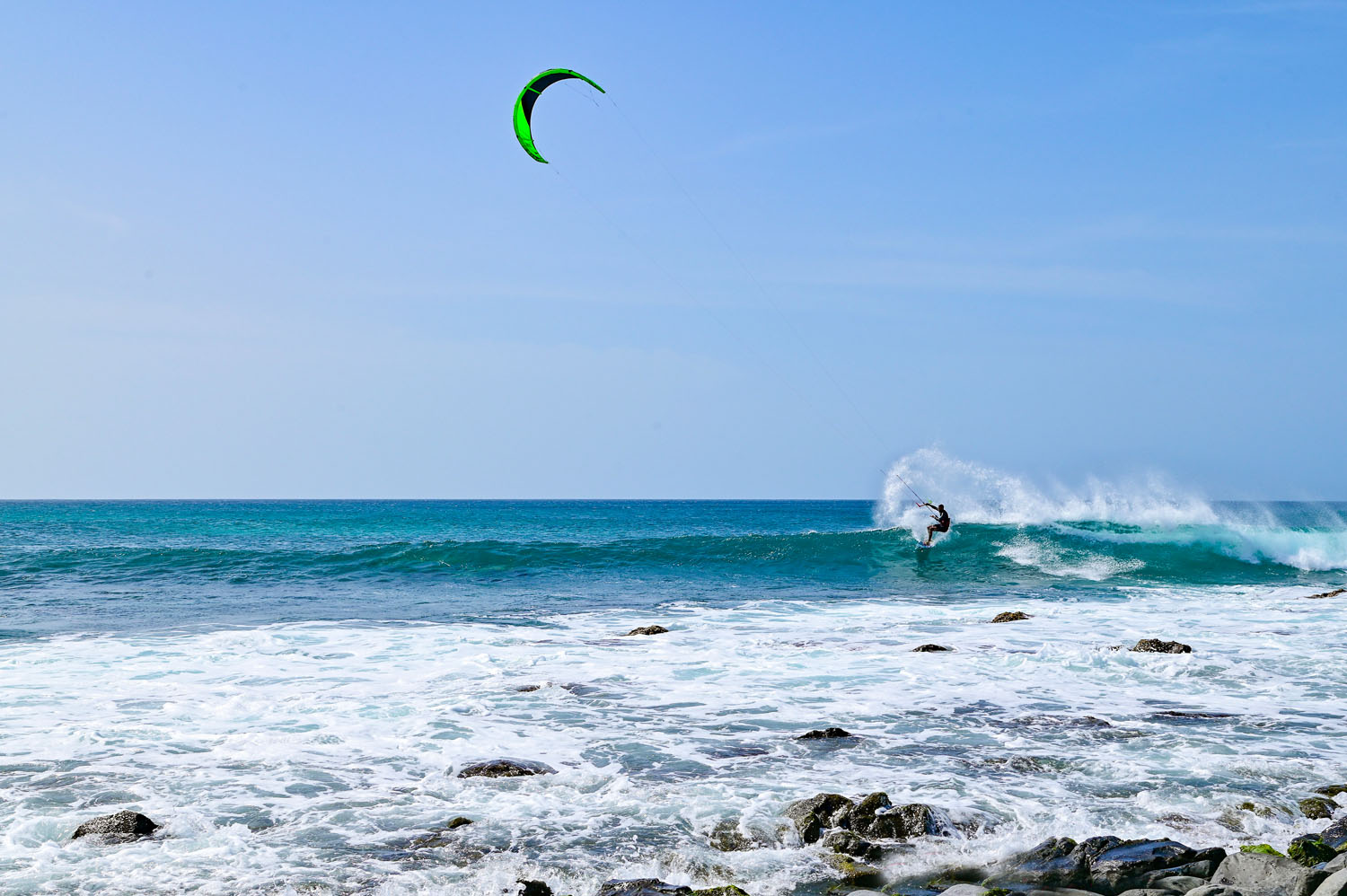
Surviving the shorebreak
Getting into the water on spots with shorebreak or non-stop breaking waves is much easier in kitesurfing. While even small shorebreak can be prohibitive in wing foiling, it is generally only a formality in kitesurfing because you can get going in a split second. Besides, you don’t have to cope with the foil which requires depth.
The power of the kite
In the unique sensations that the kite offers, we also have the fact of being able to “play” with both the board and this flying object in the air! You ride your board and you can fly your kite as you see fit. Its tremendous power allows you to get out of all situations and especially to go big in freestyle and wave riding. For instance, you can use the boost of a downloop for surfing or foiling. You can send the kite in the middle of the wind window for wake style power moves on a twintip.
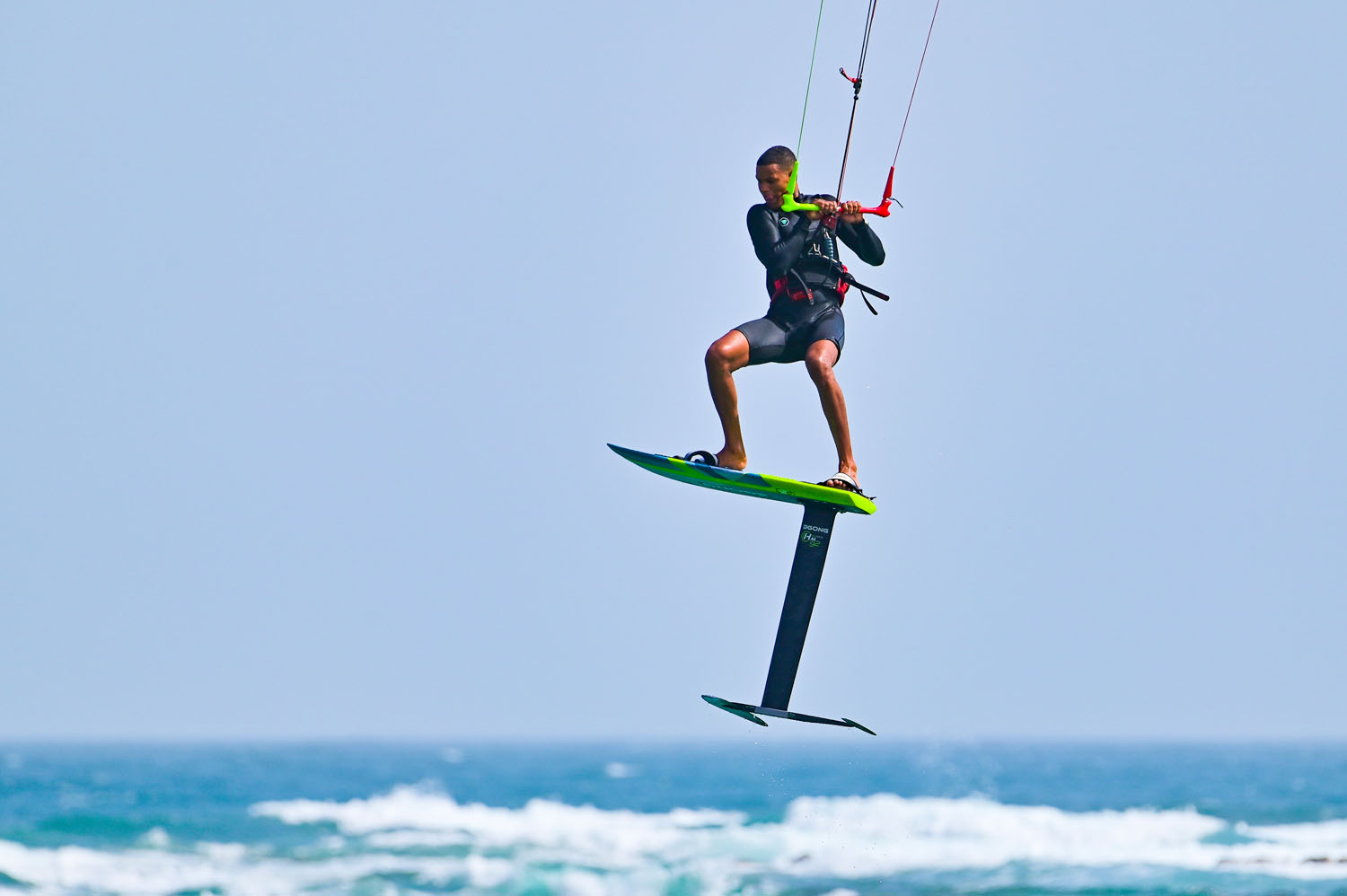
The versatility
Kitesurfing is a sport that is always on the move and constantly evolving. It has been able to reinvent itself over time to be a super versatile support thanks to the many board options.
Freeride cruising with a Matata, sending big airs with a twin tip, strapless or strapped surfing, power surfing on all types of waves, foiling in ultra light wind or blasting off in strong wind… There’s something for all styles, levels and spots!
Your home spot and travel spots
At the end of the day, it’s the type of conditions you encounter that determine the interest of combining kitesurfing and wing foiling equipment in a quiver. On some spots kitesurfing is simply forbidden while on others, the size of the waves and the shorebreak make the practice of wing foiling very technical, even impossible. If your spot enjoys light and perfectly laminar thermal winds in the summertime, kite foiling is a must have in a quiver. Not enough room on the beach to take off with a kite or buildings that upset the wind, then wing foiling saves the day. The choice is really personal and depends on your habits.
The only certainty is that each sport offers its share of sensations and we are here to offer you the best solutions for your quiver!
So yes it is quite clear that… “Kite is not dead!”
